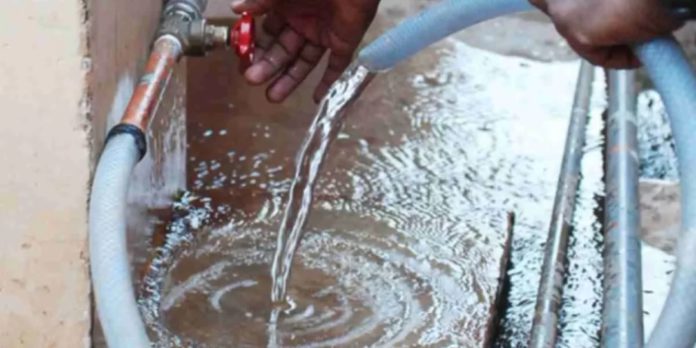Some community piped rural water supply services in the Ashanti Region are demanding the payment of arrears owed them by the government for providing free water to consumers under the COVID-19 relief package.
In April 2020, President Nana Akufo-Addo announced a utility package to absorb water and electricity bills for lifeline consumers for a year.
However, some community water suppliers say they are yet to receive payment for the services provided.
At the just-ended second conference of the Network of Community Water Services, managers of community water supplies at Kuntenase, Boanim, and Ankaase said the government owed them at least GHc140,000.
The three communities are part of several others across the country owed cumulatively over a million Ghana cedis.
In spite of several letters and visits to local assemblies for payment of the arrears, the managers insist their calls have fallen on deaf ears.
Emmanuel Oppong, speaking on behalf of the Boanim Water Supply, said: “The system did well to supply free water for one good year. We’ve done our best going to the district assembly on how to get the money, but nothing has happened. The total amount for Ankaase was about 300,000 Ghana cedis but the government has made few payments.
“Quite recently, our pump developed faults but someone assisted us with some amounts of money before we were able to repair it. Electricity Company of Ghana is also demanding that we pay our bills. We are owing them about 80,000 Ghana cedis because of the free water. If government fails to pay the arrears, we are not going to sustain the system as we head towards the dry season,” he added.
Emmanuel Abban, who also spoke on behalf of the Ankaase Sanitation area, noted that: “We used about GHc140,000 to produce water. Our sister station at Kuntenase is owed GHc150,000.”
The outstanding balance, according to them, is hampering their operations with imminent threats to water supply in these areas.
The suppliers said they need the outstanding amount for extension works to provide water coverage to other households in the community.
ALSO READ:

